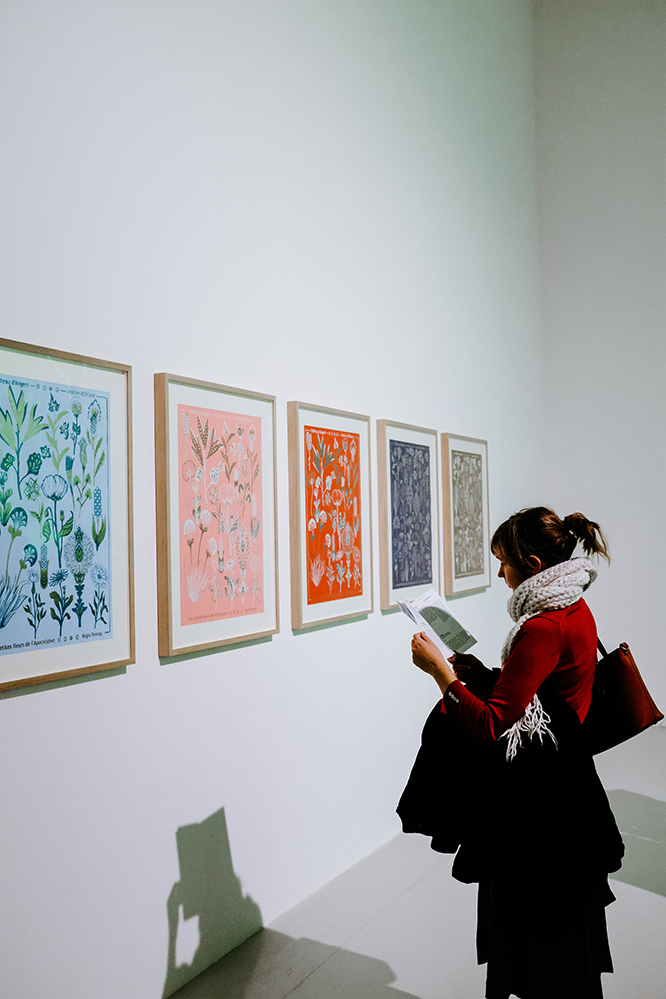
6 Tips To Learn How to Price Your Art and Start Selling Your Work
It might be your first attempt as an artist, or you might feel quite fulfilled. In both cases, pricing your work can be highly problematic. We have gathered six quick tips for you to ease the process and stop feeling guilty or humble. After all, who sets the rules to define whether you’re worth 10 or 100? The market does. So grab a pen and follow a rational scheme to start selling your artwork reasonably. And feel free to adjust calculations during your journey!
-
Research how similar artists price their art
To reasonably price your art, and before making up your idea of how a market works, do your research. Trends change continuously, and one of the best ways to keep on track is to study what works for others. Be realistic by selecting a few artists you consider similar or relevant to your approach and value their accomplishments, experiences, geographic locations, and production rate. You might also think of directly get in touch with them to share opinions!
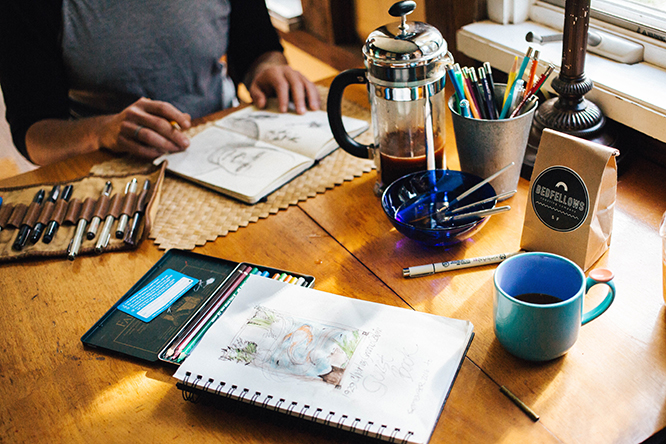
SPECIAL TIP: SEARCH FOR AN ADVISOR TO HELP YOU THROUGH THE PROCESS
Artists are used to feeling lonely not only in their creative process but also in learning how to expand their network and visibility and to value their artworks. There are platforms dedicated to assisting emerging artists especially. Our suggestion is st-Art, an Amsterdam based community of curators and contributors with the aim of nurturing artists worldwide by providing valid options for developing their skill to divulge their works and sell them to buyers.
Get in touch or register here.
-
Don’t vary the price for sales in studio or through a gallery
Use an actual or similar rate for selling both in your studio and a gallery. These last won’t appreciate your competition and will ultimately spread the word to other galleries about how you are trying to sell it at a better price by yourself. Its real galleries charge quite a lot, although they guarantee to deliver a professional job.
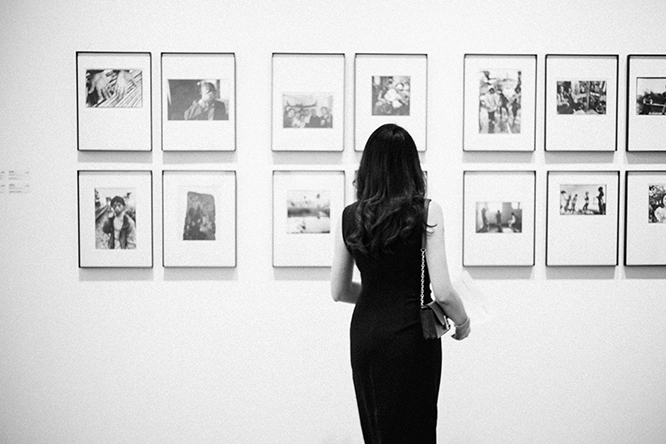
-
Balance Your Emotions
Being proud of your work, or underestimating your art, is part of being an artist. It’s easy to get attached, knowing the emotions and effort you usually spend on a piece. A buyer won’t have time to listen to your emotional stories; you should base pricing your work on physical attributes. If you feel close to a specific artwork and think its final price is unfair, consider keeping it off the market and in your private collection.

-
Stand by your final price
Once you and your advisors have set a final price, stand by it. When you take the time and effort to research and price your work realistically, you will feel confident to state your amount firmly. On their hand, buyers might try hard to negotiate it, but they will even start estimating you as an artist who knows its way. Confidence does wonders.
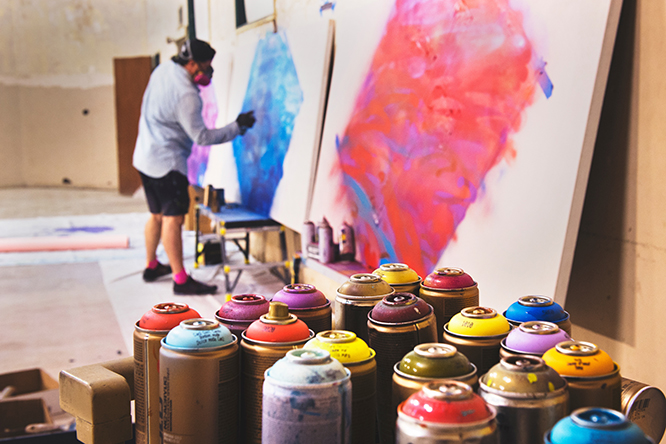
-
Remember these formulas:
# 1 – Value your work according to your reputation
The most common formula used by established contemporary artists is very transparent. Multiply the width of the work by the length. Next, multiply the result by a reasonable amount that makes sense for your reputation and credential, and round it to the nearest hundred. Finally, double the cost of your materials and add them to the square inch amount in money.
Do this if you account for the 50% commission rate galleries usually take to sell your work.
Emerging artists should start at affordable rates of 2,5-3,5 € /3-4 $, and higher as they become more established.
If the painting is small – which often means the effort was the same as for a bigger one – you may consider a slightly higher rate and the opposite with a large-scale work.
Example:
- 18 in x 24 in = 432 sq. Inches
- 432 x 3,5 € = 1.512 € / Rounded to 1.500 €
- 100 € (cost of materials) x 2 = 200 €
- 1.500 € x 200 € = 1.700 €
# 2: Value your work according to your time and effort
This formula covers the time you work and the cost of your materials. It is beneficial for artists that are starting out selling their work. When valuing an hourly rate, compare what similar artists charge for their art. If the result is too high compared to theirs, we suggest you lower it. Double the cost of your materials if you are selling through galleries.
Example:
- Hourly rate: 20 €
- Total hours: 15 hours
- Cost of materials: 100 €
- 20 € x15 hrs =300 €
- 300 € +(100 x 2) € = 500 €
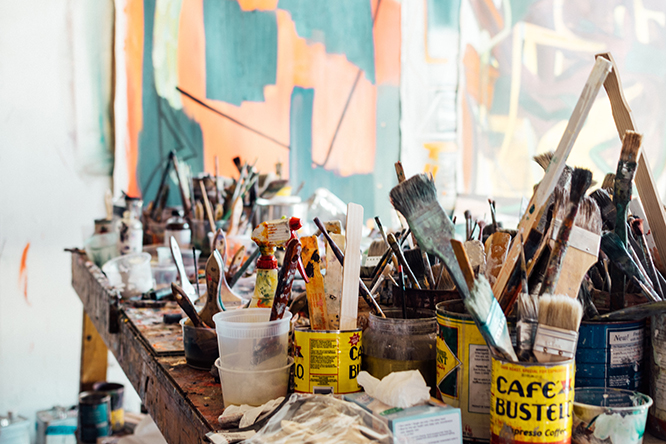
-
Build Authority
Being represented by a gallery and feeling confident with your pricing rate doesn’t exclude the never-ending story of building credibility to grow trust in your buyers.
Indeed, you will have thought about building a clear and appealing online plus social image. Now practice answering some common questions when writing your artist statement.
We share with you some of the main questions we use as a guideline to interview artists at Hue&Eye, to help them build artist credibility and write an engaging story about them:
- Why Do You Make This Type of Art?
- What Does Your Artwork Represent?
- What Inspires You?
- How Do You Make It?
- What Does Your Art Mean to You?
We hope this article will be helpful to ease your career as an artist!
Start by submitting an interview request to us to begin divulging your art!
